Not all of us are blessed with an outdoor space or live in a suitably dark-sky area, but that doesn't mean you can't still stargaze and enjoy the wonders of astronomy.
Perhaps you live in a flat in the city or a semi- rural area awash with light pollution, or maybe you find it difficult to get outdoors and make the journey to a dark-sky site.
This shouldn’t restrict you from enjoying what’s on offer to observe in the night sky throughout the year.
It is possible to stargaze through a window. I have often marvelled at the sparkling stars or a bright Moon illuminating my back garden from the comfort of my bedroom window.
As a teenager I spent countless nights gazing up at Comet Hale-Bopp from the study window of my family home.
For more advice, read our guides on how to stargaze and astronomy for beginners.
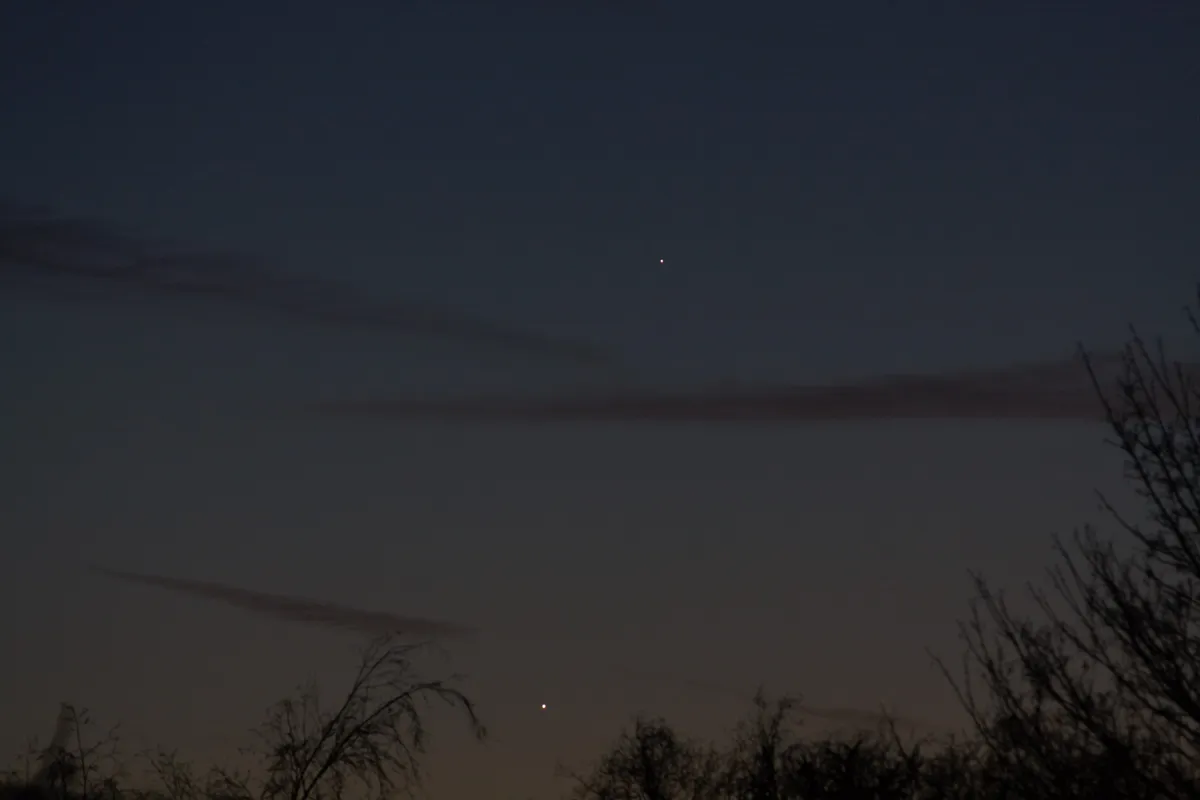
One of the best things about stargazing indoors is that you don’t need to consider what you are wearing.
There is no requirement for warm clothing or proper footwear, and you certainly won’t need to pack a bag full of supplies to keep you going throughout the night.
There are a few things you will need to think about, though, if you are going to stargaze indoors.
This includes the direction your chosen window is facing and what outside obstacles may be in the way (such as trees or houses).
You will also need to turn off any lights or other illuminated pieces of technology that will reflect on the window.
Also, after about 30 minutes of darkness, your eyes will adapt and you'll be able to see so much more of the night sky than you initially could.
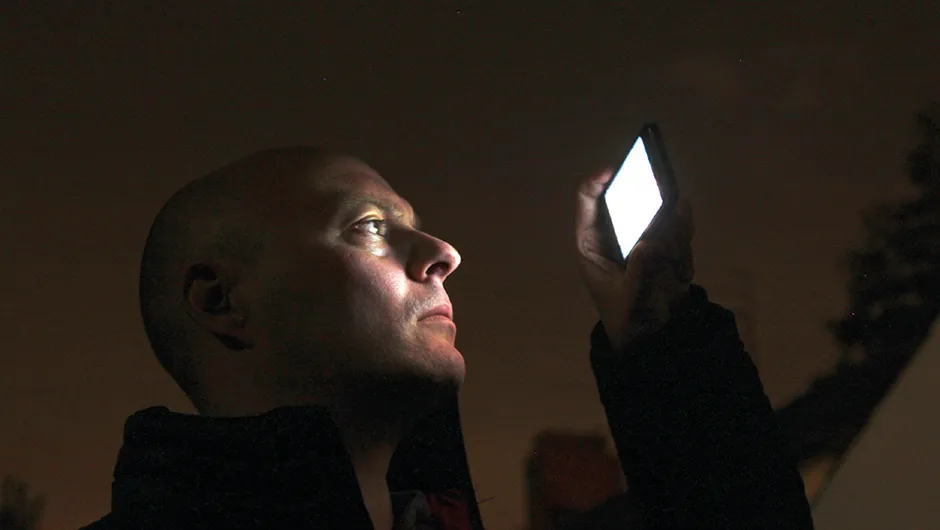
But beware: a quick glance at your phone's illuminated screen or a trip to a brightly lit part of the house, and your dark-adapted vision will be spoiled.
You can avoid this by getting any snacks or drinks and taking a final trip to the toilet before allowing your eyes to adapt to the darkened room.
And don't forget to let your housemates know what you're doing. You don't want them entering your stargazing room, flicking on the light and spoiling your hard-earned night vision.
They might even be up for joining in and being your stargazing partner for the evening.
Choosing a stargazing window
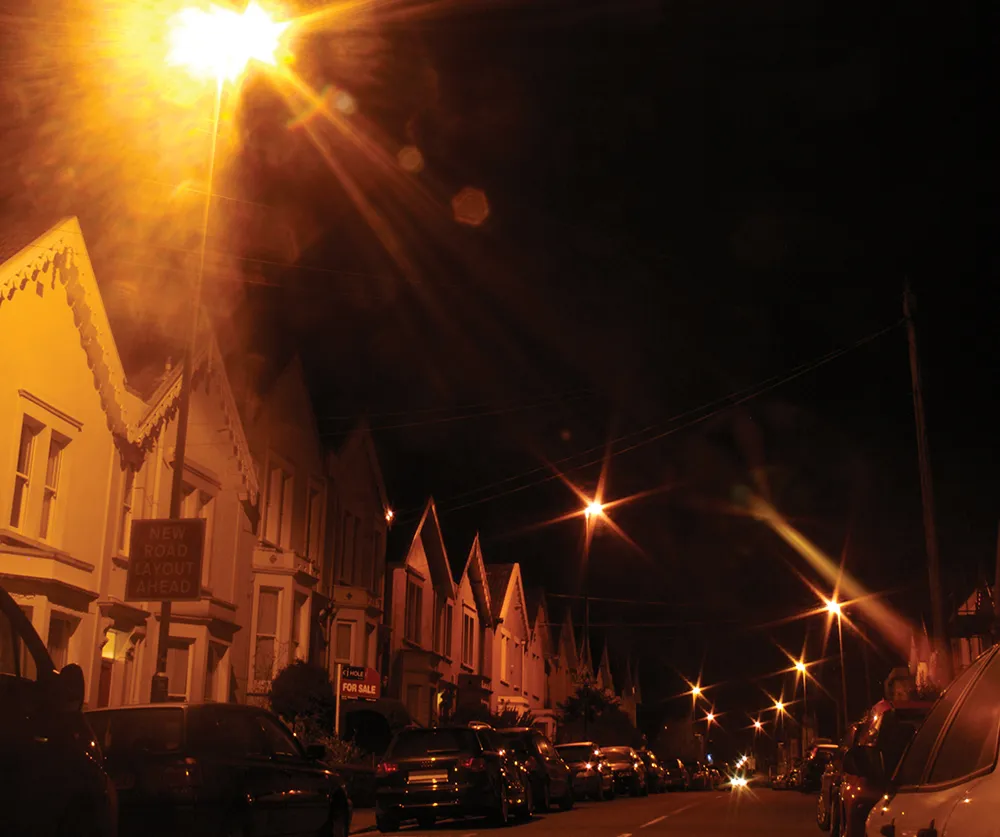
When selecting which window of the house to observe the night sky from, you may have to make a bit of a trade-off.
Perhaps the targets you want to see on a particular night can only be seen from a window that looks out onto a lamp-lit street, or into your neighbour's illuminated garden.
Artificial lighting like this causes light pollution, and will negatively affect your view of the night sky.
It could be worth instead stargazing through a window that's facing away from artificial light and selecting a few targets that can be seen in that direction.
Also, it's not strictly advisable to use a telescope to observe through a window, because the quality of what you will see will be very poor, as the glass can distort the view through the eyepiece.
Similarly, opening a window can cause air turbulence around the telescope, which will also distort your view.
For larger objects such as the Moon, using a small pair of binoculars will do little harm and will certainly give you a better look at your chosen target.
So, now that you're ready to get stargazing, what can you expect to see in the night sky from your window?
What to look for when stargazing from a window
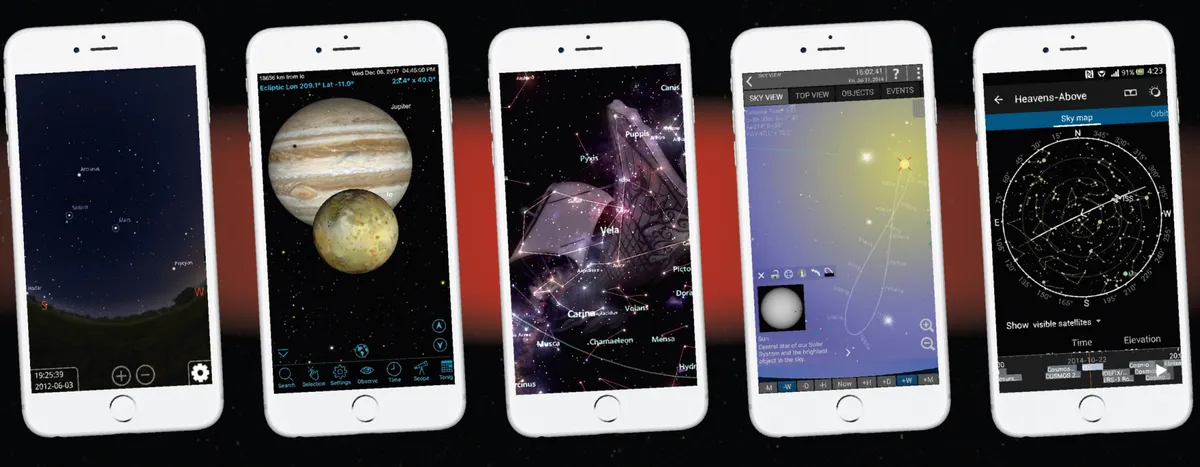
The Moon, the planets, stars, constellations and human-made objects like the International Space Station can easily be seen from indoors.
Our guide below will help you to get thinking about what you can see throughout the year.
Download a stargazing app to help you locate objects in the night sky and prepare for what's on display over the coming nights, but make sure you turn your phone's screen red before beginning, as this will help preserve your dark-adapted vision.
Below are 4 targets to see from your window, to get you started on your journey of indoor stargazing.
You'll notice we're using magnitude to describe the brightness of objects.If you're just getting started in astronomy and aren't sure what this means, read our guide to stellar magnitude.
What to see in the night sky from your window
The Moon
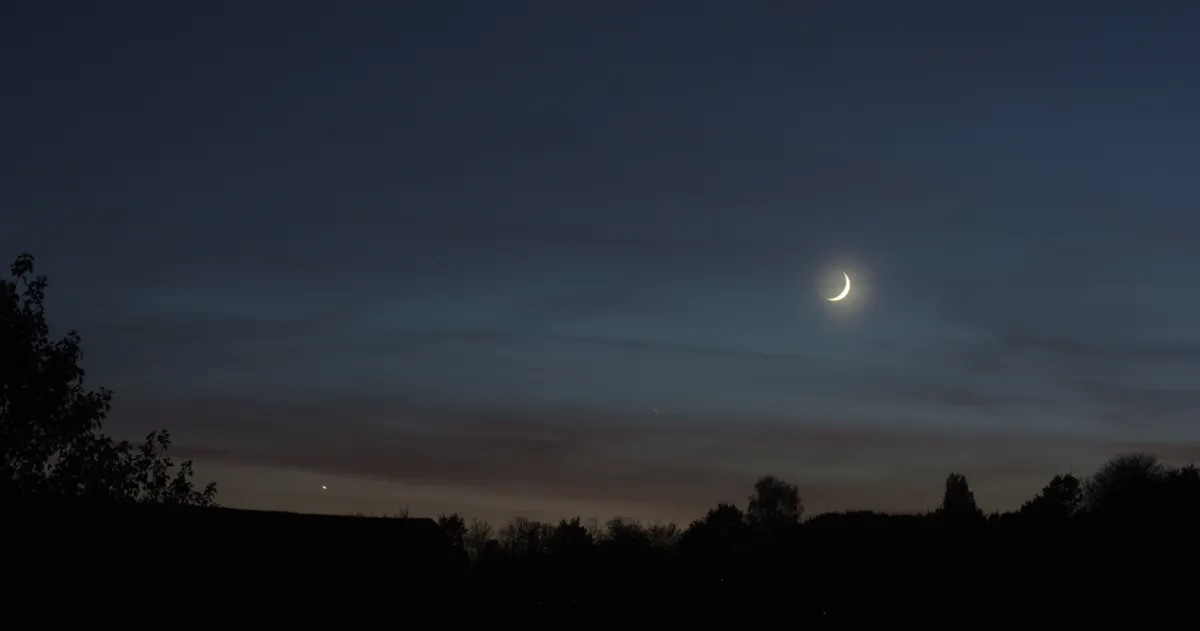
Rising in the east and setting towards the west, the most obvious object in the night sky to see from your window is the Moon.
Shining at a magnitude of around -12.6 when it is full (the lower the magnitude, the brighter the object), you cannot miss our nearest neighbour majestically hanging in the darkness or when it is bathing your bedroom in light.
It can also be a good jumping-off point to spot bright planets or stars nearby, in an event known as a conjunction.
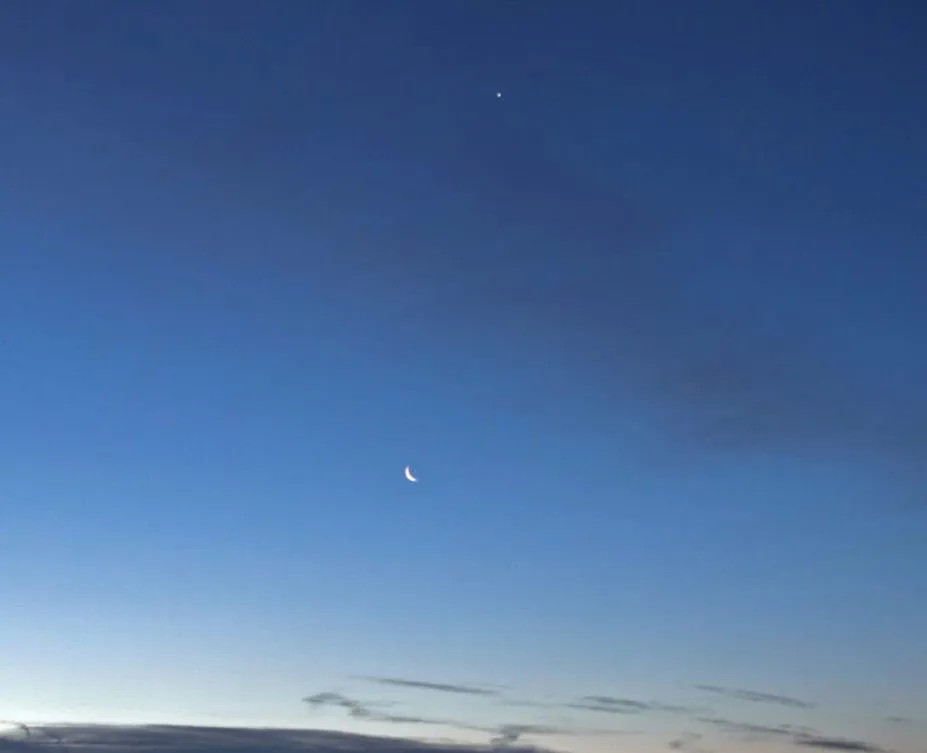
Observing the phases of the Moon throughout the month is a real joy, keeping track of how the terminator creeps across the lunar surface night after night.
Using just your naked eye (no equipment needed) you will be able to see the dark lunar maria or seas and, depending on your eyesight, some of the much larger craters including Tycho down in the south.
When the north-west area of the Moon is visible, see if you can spot Aristarchus crater, the brightest crater on the Moon.
A Moon phase app will provide you with information including its distance from Earth, its rise and set time, and the percentage illuminated on any given night.
For weekly Moon phases sent directly to your email inbox, sign up to the BBC Sky at Night Magazine e-newsletter.
The planets

Tracking the paths of the planets throughout the year is really exciting. One way of discerning whether that bright star you can see is actually a planet is whether it's located along the ecliptic.
Bright planets are visible with the naked eye and easily spotted from any window that is facing in the right direction.
You will only be able to see the brightest planets, which include Venus, Jupiter, Mars and Saturn and with a clear horizon, you may see Mercury.
Venus is unmistakable because it is the brightest of them all. With a magnitude of around -4, the second planet from the Sun will either be visible in the morning or evening.
One good indoor astronomy challenge if the planet is particularly favourable and bright is to see if you can observe a shadow cast by Venus's light.
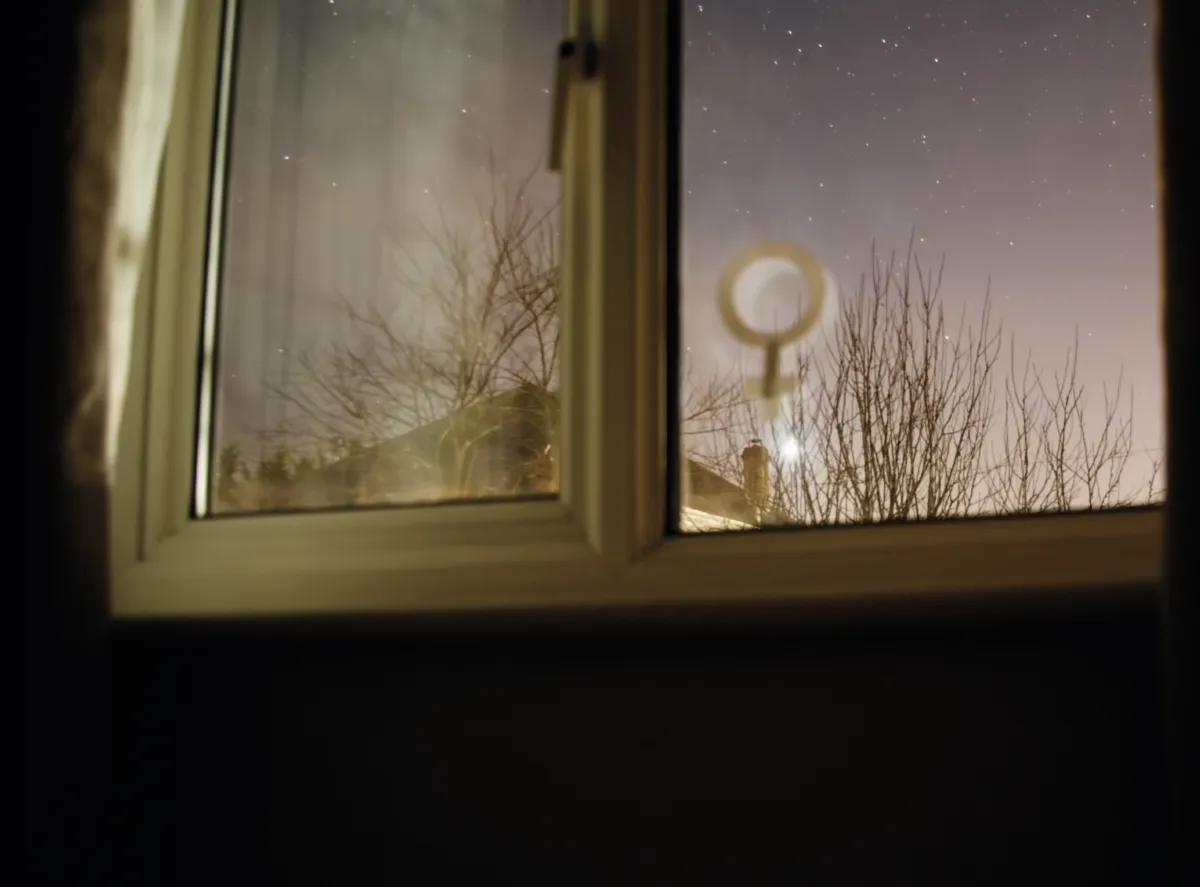
Jupiter shines at a magnitude of -2 and Saturn a magnitude of +0.75.
Mars is less bright at magnitude +1.47 and is unmistakable due to its red colour.
Observing Mercury is a bit trickier. You will need a clear horizon and because it is the closest planet to the Sun, it is often lost in the glare.
And you don't want to be observing anything near the Sun without specialised solar observing equipment, as doing so could seriously damage your eyesight.
Check your stargazing app to find out which planets are visible in the night or morning sky and the best time to view them. You won’t be disappointed!
For more advice, find out how to find the planets in the night sky and read our month-by-month guide to observing the planets this year.
Constellations, stars and asterisms
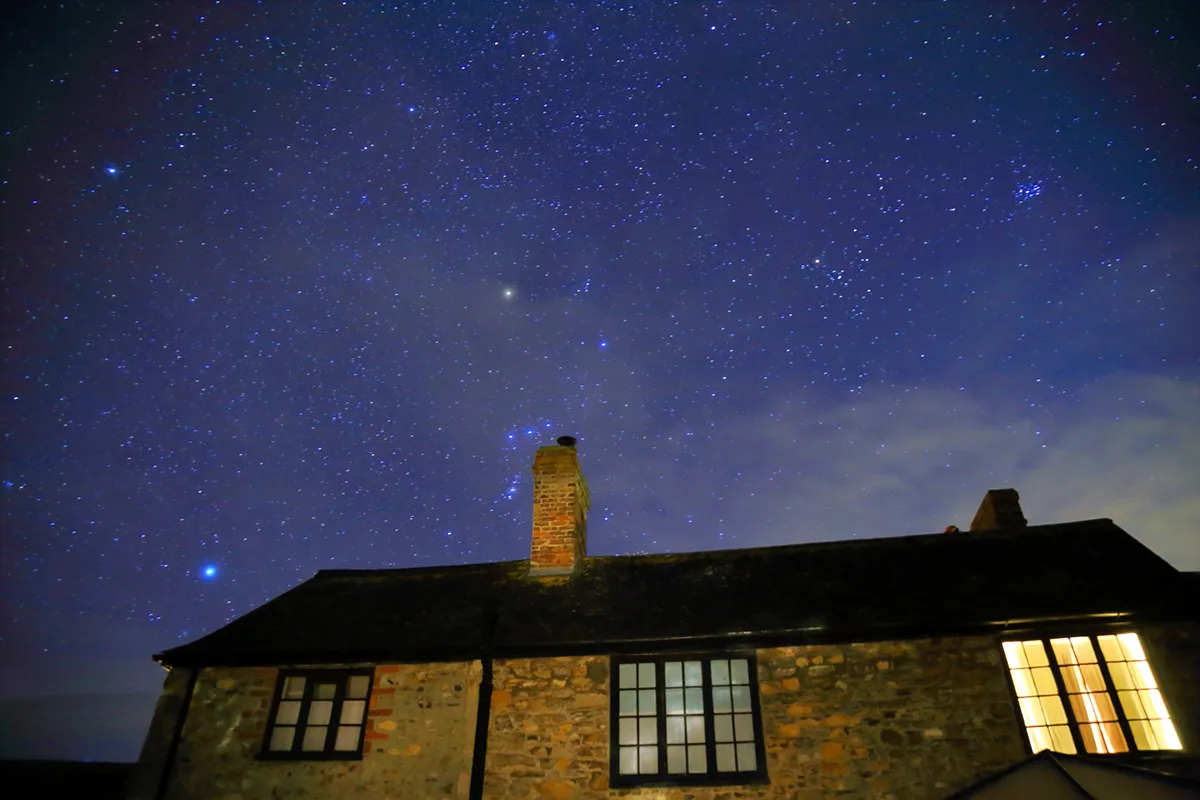
Light pollution will easily wash out the night sky making some of the dimmer stars harder to see, but conversely this can often help locate the prominent stars of constellations such as, for example, Castor and Pollux in the constellation Gemini.
The most recognisable constellation visible from November to February is undoubtedly the constellation Orion.
Three bright stars within the constellation - Alnitak, Alnilam and Mintaka - are known as Orion’s Belt and are almost perfectly aligned making them very easy to spot.
Two of the brightest stars in the night sky are also found within Orion; Betelgeuse, a red supergiant star and Rigel, a blue supergiant star.
And see if you can spot Saiph, Orion's knee.
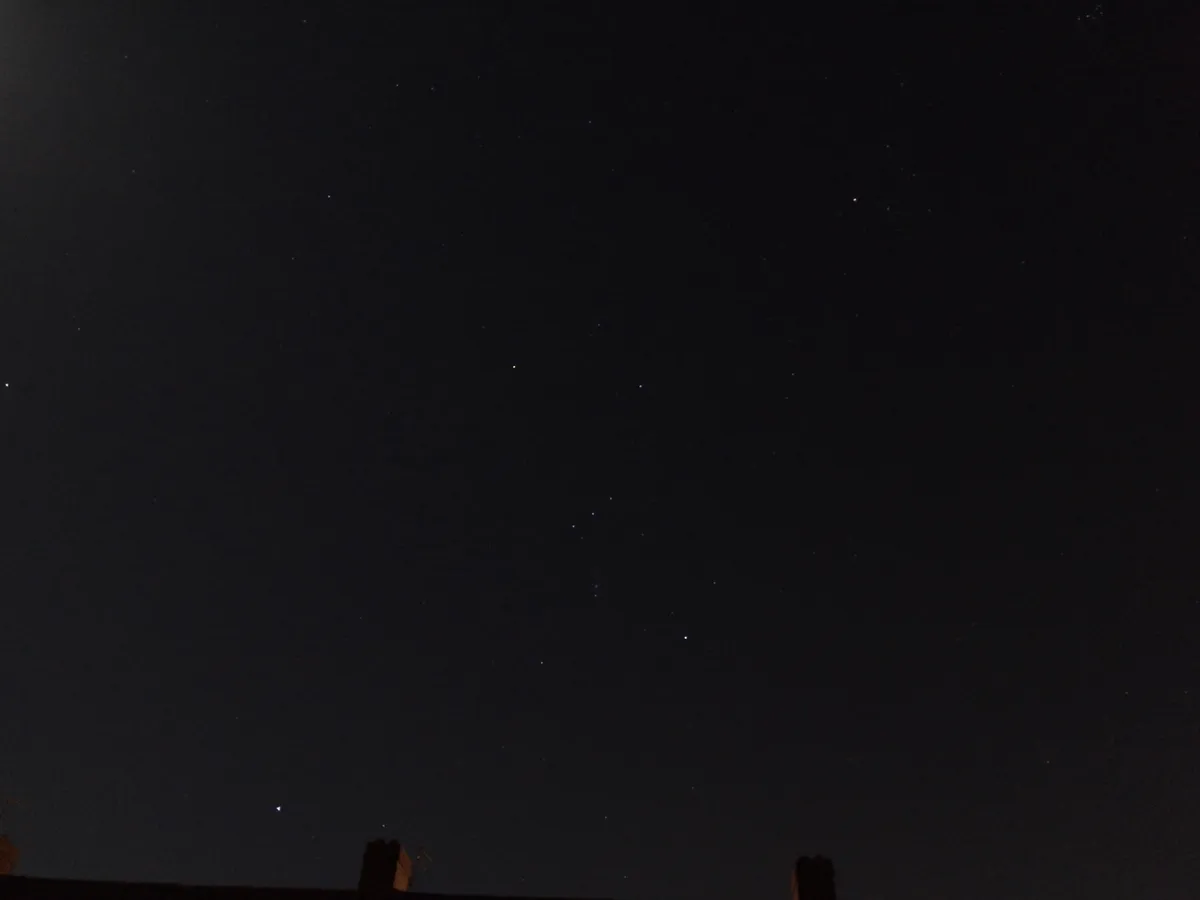
If you find Orion, then you will easily be able locate other constellations nearby including Gemini and Taurus, or the Pleiades open star cluster.
In the summer from late June to September, the constellation Scorpius can be seen in the southern sky with the star Antares, a bright red variable star clearly visible.
A well-known asterism formed by three of summer’s brightest stars - Vega, Deneb and Altair - is the Summer Triangle.
Throughout the year look out for other bright showstoppers including Sirius, the brightest star in the sky and Arcturus, both of which are located tens of lightyears away.
International Space Station
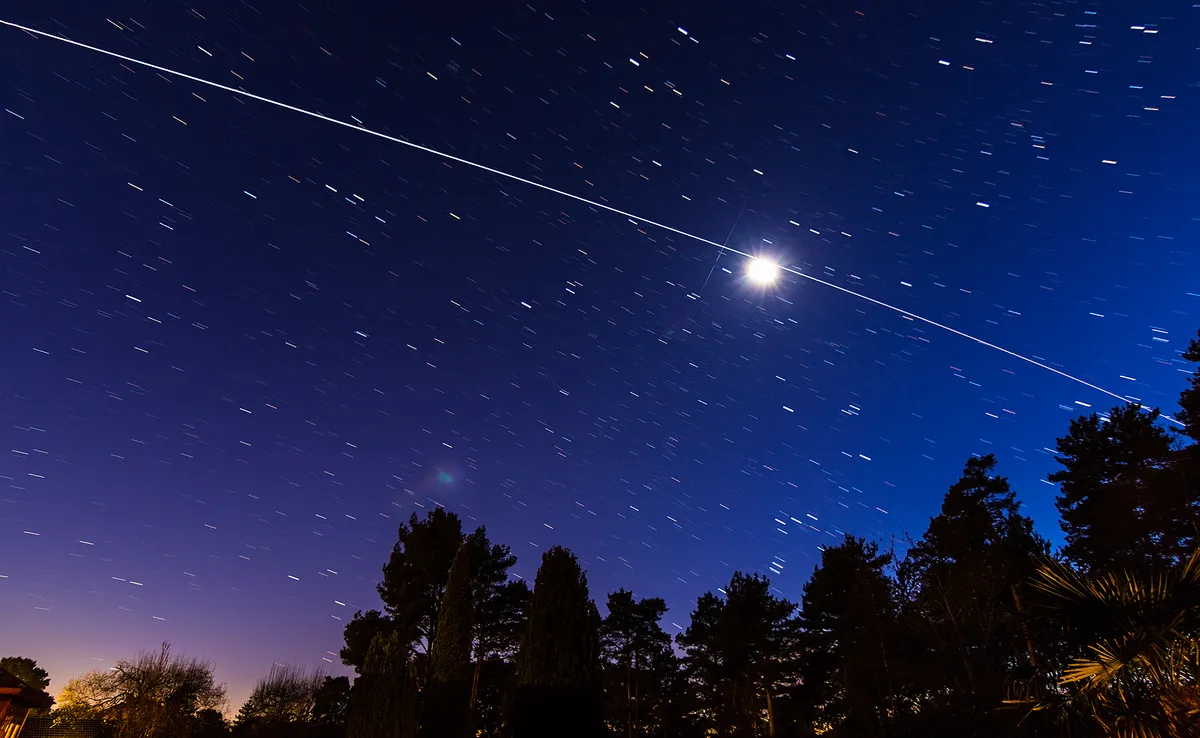
If you have looked up to the night sky and seen points of white light floating through the darkness, they will have undoubtedly been satellites or maybe even the International Space Station.
Orbiting Earth at a mean altitude of 270 miles, spotting the Space Station never gets boring.
Varying in magnitude from between -1 to around -6, viewing it from your window is effortless and it can often be seen gliding over head for minutes at a time.
It is the brightest human-made object we can see in the night sky, and the reason we see it is because it reflects the light from the Sun.
Sometimes the Space Station will be passing overhead when it is daylight, so you won't be able to see it from your location every night.
For more advice, read our guide on how to see the International Space Station or check out NASA’s Spot the Station webpage for timings.
You can even sign up for alerts to let you know when the ISS will be passing over your location.

